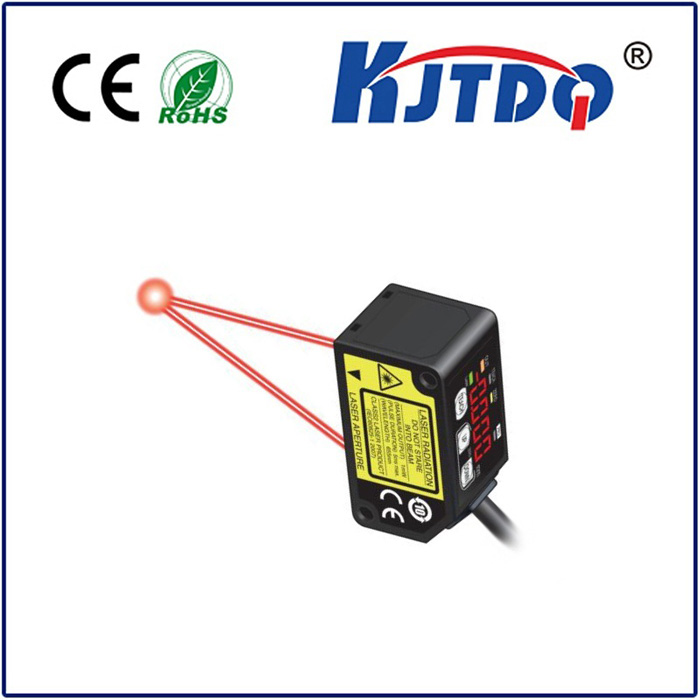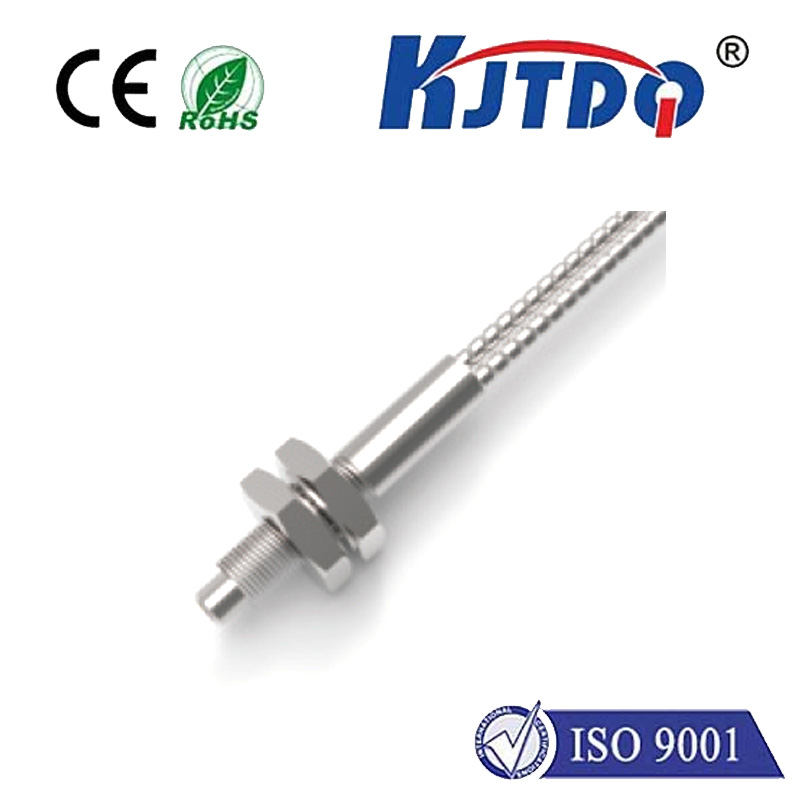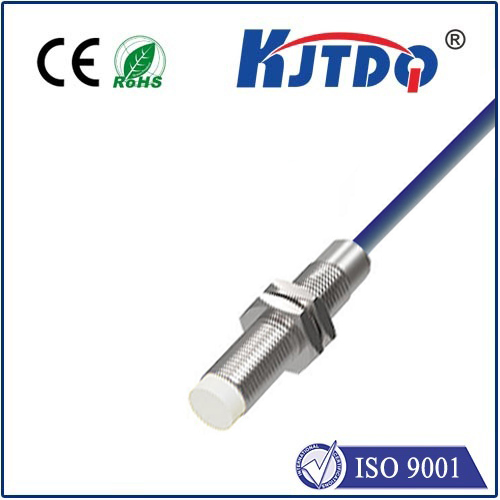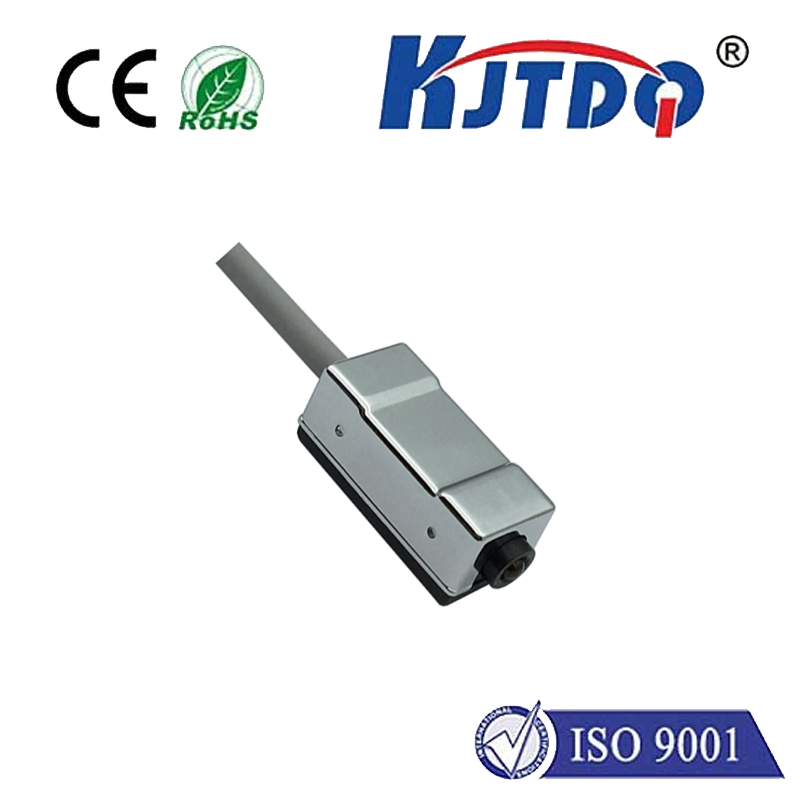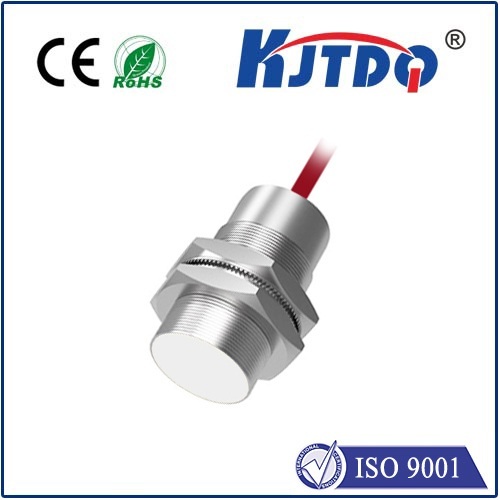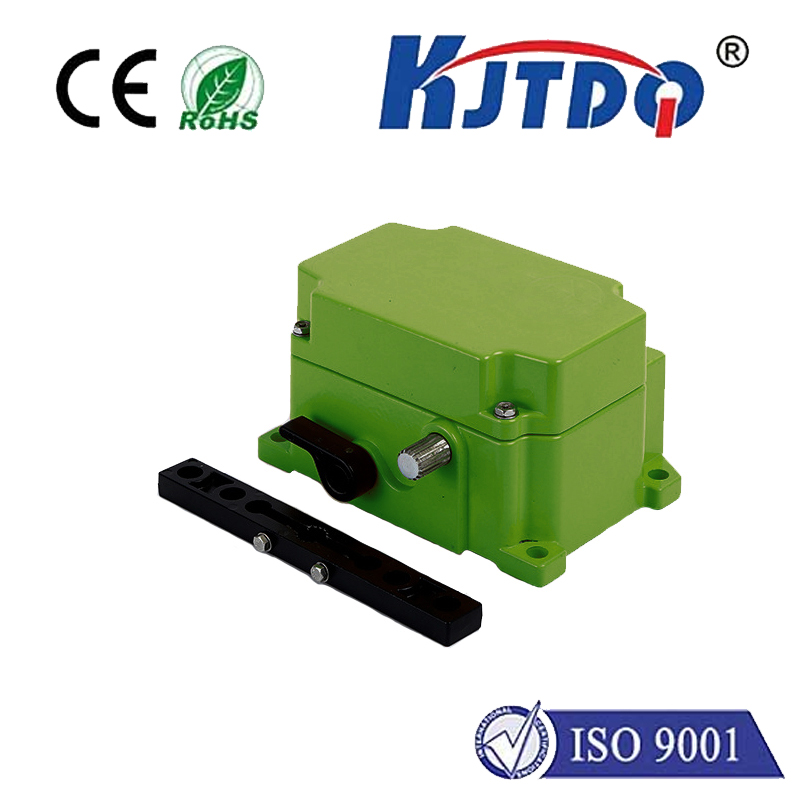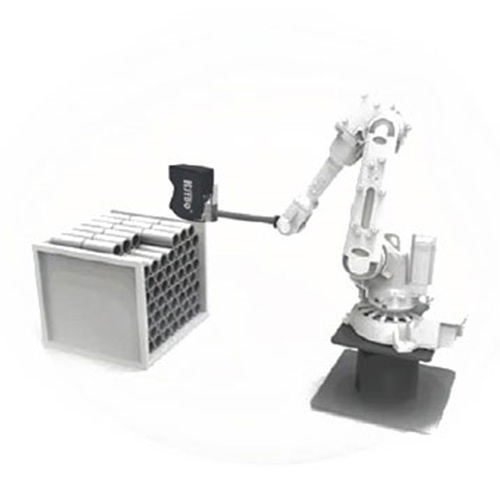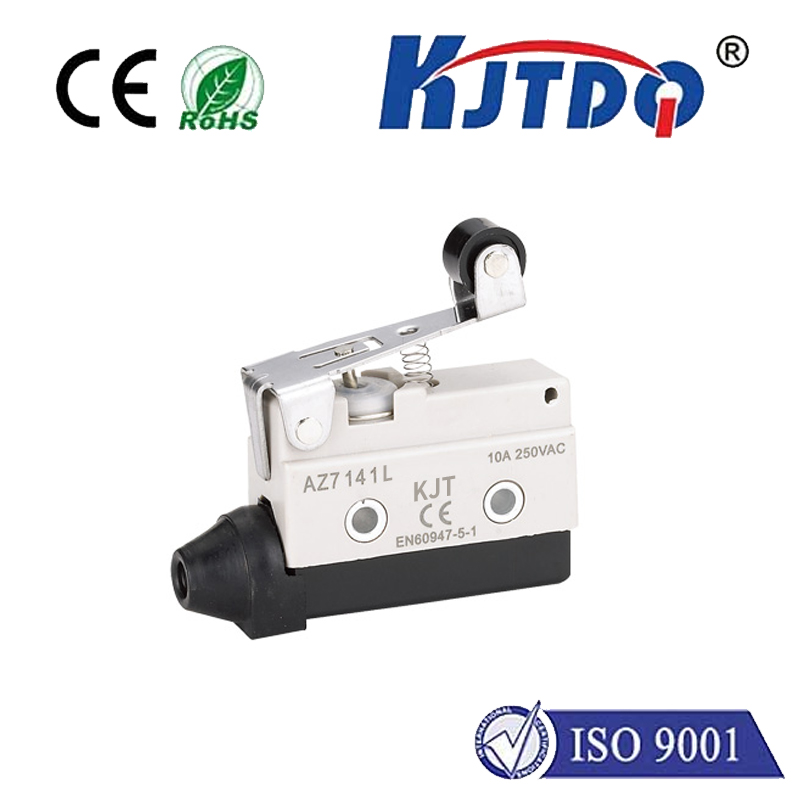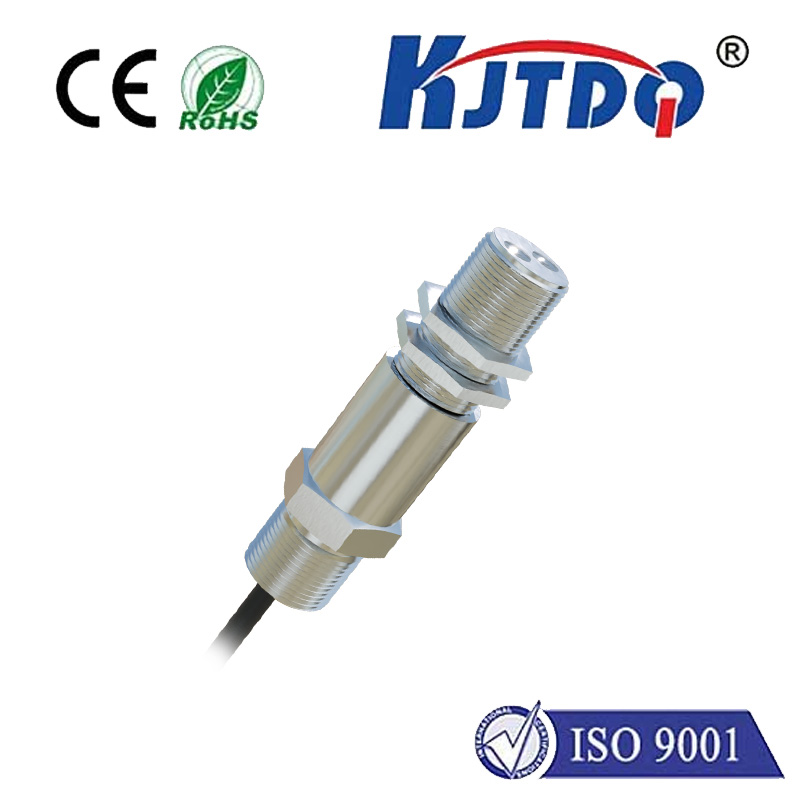proxitron proximity sensor
- time:2025-07-17 09:06:51
- Нажмите:0
Proxitron Proximity Sensors: Precision Detection Powering Industrial Reliability
Imagine a high-speed bottling line, containers whizzing past at dizzying speeds. In the controlled chaos of a robotic welding cell, arms move with millimetre precision. Or picture deep within a mining operation, equipment operates in conditions that would cripple lesser components. What invisible sentinel ensures these processes run smoothly, preventing collisions, ensuring accurate positioning, and safeguarding both machinery and product? Often, it’s the unassuming yet critical Proxitron proximity sensor, a cornerstone of modern industrial automation.
Proxitron stands as a respected name in the realm of industrial sensing technology, synonymous with robust and reliable proximity detection solutions. Unlike simple switches or manual checks, Proxitron proximity sensors offer non-contact, wear-free object detection. They don’t need physical touch; instead, they sense the presence or absence of metallic (and sometimes non-metallic) targets through changes in an electromagnetic field or other physical principles. This fundamental capability makes them indispensable across countless applications demanding precision, durability, and repeatability.
The Core Technology: Sensing Without Contact
The magic lies in their operating principle. The most common types found in the Proxitron portfolio are:
- Inductive Proximity Sensors: These are the workhorses for detecting metallic objects (primarily ferrous metals like steel or iron, though versions exist for non-ferrous metals). They generate an electromagnetic field from a coil in the sensing face. When a metal target enters this field, it induces eddy currents within the metal, causing a detectable change in the sensor’s own oscillation or field strength. This change triggers the sensor’s output signal. Their robustness, insensitivity to dirt and dust (within IP ratings), and long service life make them incredibly popular in harsh industrial environments.
- Capacitive Proximity Sensors: These sensors detect the presence of nearly any material – liquids, plastics, powders, wood, glass, and metals – by measuring changes in capacitance. They generate an electrostatic field. When any object with a dielectric constant different from air enters this field, it alters the capacitance, which the sensor detects. This versatility is crucial for applications like level detection in tanks, presence sensing of non-metallic parts, or detecting fill levels in packaging lines.
Why Choose Proxitron? Beyond Basic Detection
While many manufacturers offer proximity sensors, Proxitron has built its reputation on specific strengths that address the demanding needs of industrial users:
- Superior Durability and Environmental Resilience: Proxitron sensors are often designed and rigorously tested to withstand extreme conditions. Expect high IP ratings (like IP67, IP68, IP69K) signifying excellent protection against dust ingress and high-pressure water jets, critical for washdown environments in food & beverage or pharmaceutical applications. They are also built to handle significant temperature variations, strong vibrations, and mechanical shock commonplace in heavy machinery, mining, and material handling.
- Uncompromising Precision and Reliability: In automation, reliability isn’t a luxury; it’s a necessity. Proxitron emphasizes consistent switching behavior, minimal hysteresis, and high repeat accuracy. This ensures machines operate predictably cycle after cycle, minimizing downtime and costly errors due to false triggers or missed detections.
- Robust Electrical Performance: Featuring short-circuit and reverse polarity protection, Proxitron sensors safeguard both themselves and connected control systems from common electrical faults. Their stable performance over a wide operating voltage range adds another layer of reliability.
- Application-Specific Designs: Proxitron doesn’t offer a one-size-fits-all solution. Their range includes:
- Miniature sensors for tight spaces.
- High-temperature sensors for foundries or ovens.
- Cylindrical and block-style housings in various materials (stainless steel being prominent for corrosive or hygienic areas).
- Factors optimized for sensing distances.
- Analog output variants for position/speed monitoring.
- Specialized sensors like weld-field immune models crucial near welding robots.
Ubiquitous Applications: Where Proxitron Excels
The versatility and robustness of Proxitron proximity sensors see them deployed in virtually every sector of industry:
- Factory Automation & Robotics: Position feedback for cylinders (end-of-stroke detection), part presence verification on conveyors, tool change confirmation on CNC machines, safeguarding in robotic workcells, and counting objects.
- Material Handling & Packaging: Detecting pallet positions, monitoring package flow on lines, controlling gate operations, confirming case sealing, and verifying bottle cap presence.
- Automotive Manufacturing: From body-in-white assembly (ensuring precise component positioning) to paint shops (detecting car bodies on skids) and final assembly (verifying part installation). Their immunity to vibration is key here.
- Food & Beverage & Pharmaceutical: Stainless steel variants with high IP69K ratings are essential for hygienic environments (CIP/SIP processes). Used for fill level detection, cap/carton presence, conveyor control, and ensuring sanitary processing conditions.
- Heavy Industry & Mobile Machinery: Monitoring hydraulic cylinder positions, detecting bucket/arm angles, sensing gear tooth rotation for speed monitoring, and providing critical feedback on excavators, cranes, and agricultural equipment where shock, vibration, and dirt are constant companions.
Implementing Proxitron Sensors Effectively
Maximizing the performance and lifespan of these sensors requires attention to detail:
- Select the Right Sensor: Consider the target material (metal? non-metal?), required sensing distance, environmental conditions (temperature, chemicals, washdown?), electrical requirements (voltage, output type - PNP/NPN/NO/NC), housing style, and mounting constraints. Proxitron’s extensive catalog provides clear specifications for every model.
- Proper Installation: Ensure correct alignment between the sensor face and the target. Respect the specified sensing distance (
Sn) – operating too close or too far can impact performance. Mount securely to minimize vibration effects.
- Electrical Connection: Follow wiring diagrams meticulously. Ensure correct voltage supply and load connection. Utilize shielded cables in electrically noisy environments to prevent interference. Proper grounding is paramount.
- Environmental Protection: While robust, selecting the sensor with the appropriate IP rating for its specific location is crucial. Regular cleaning (especially in dirty environments) can prevent false signals caused by buildup.
The Foundation of Automated Reliability
In the intricate dance of modern industrial processes, precision detection is non-negotiable. Proxitron proximity sensors deliver this fundamental capability with a trademark blend of ruggedness, reliability, and versatile performance. From ensuring a robotic arm grips a component correctly to preventing a conveyor jam or verifying the fill level in a pharmaceutical vial, Proxitron proximity sensors operate silently, reliably, and often in the most challenging conditions. They are less a component and more an essential enabler of efficiency, safety, and quality in automated systems worldwide. Understanding their capabilities and selecting the right model for the application is a critical step in building resilient and productive industrial operations.
